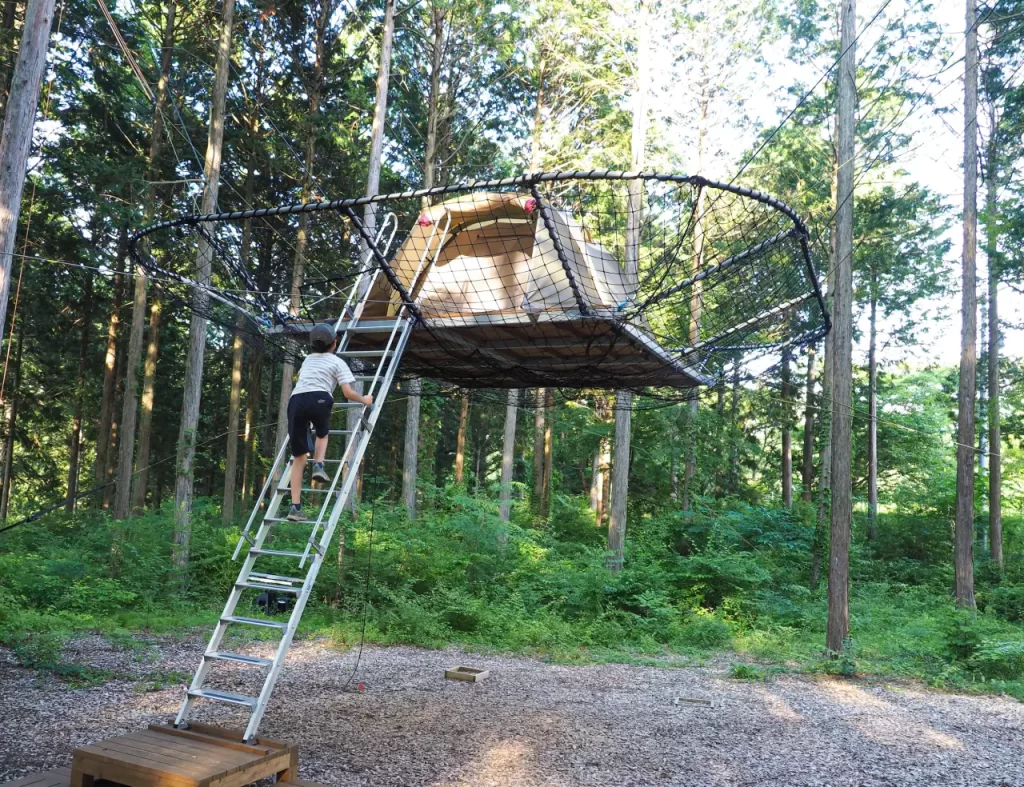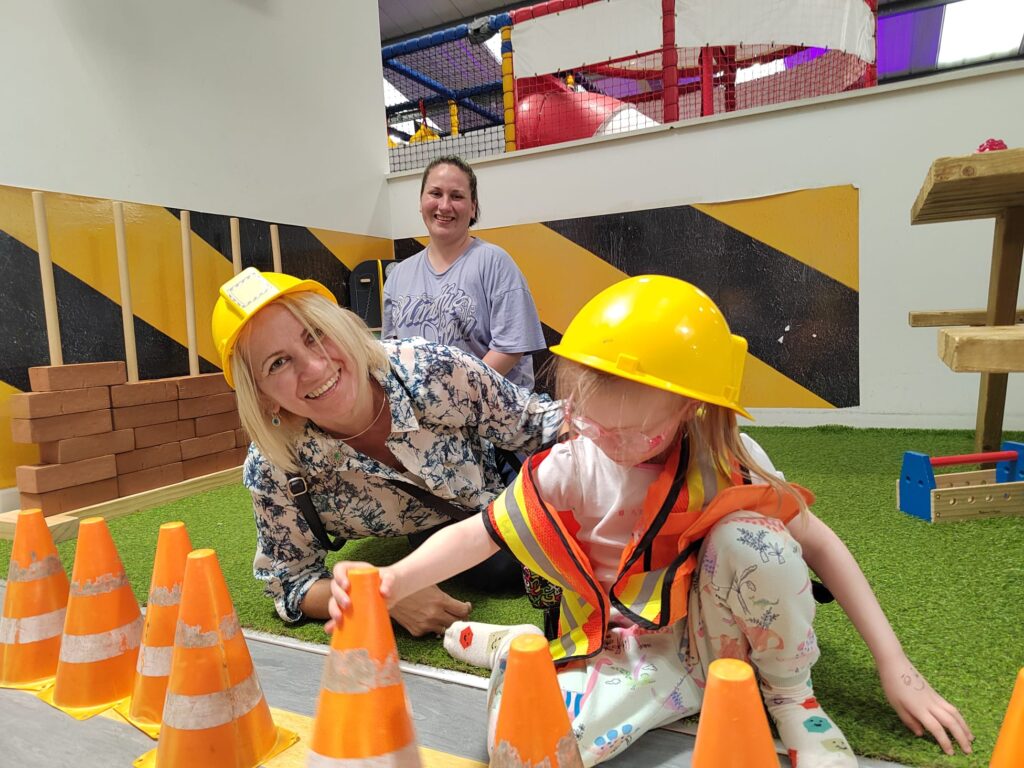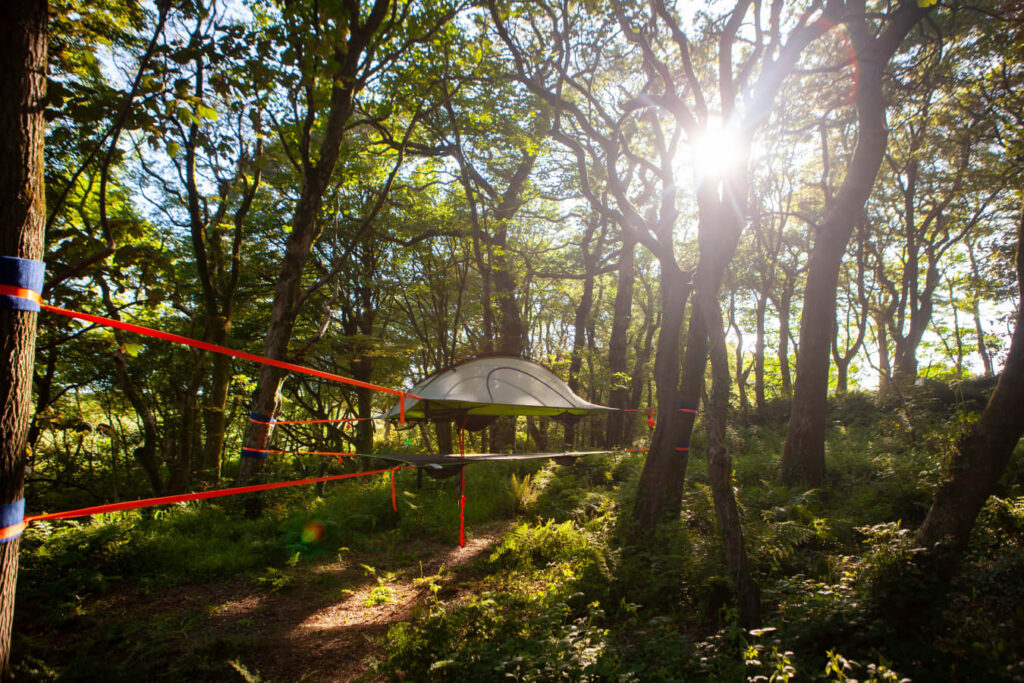Style Is What You Make It
Floating houses are engineered to be stable, incorporating features to prevent tipping or swaying. The design takes into account the principles of buoyancy, weight distribution, and stability.


Who We Are
People looking for solutions and knowledge
Our Mission
A floating house is a unique and innovative type of dwelling designed to be buoyant and capable of floating BETWEEN TREES.
Here’s a description of key features commonly associated with floating houses:
Stability and Design:
Floating houses are engineered to be stable, incorporating features to prevent tipping or swaying. The design takes into account the principles of buoyancy, weight distribution, and stability.
Materials and Construction:
Floating houses are constructed using materials that can withstand exposure to water, such as marine-grade wood, fiberglass, or other corrosion-resistant materials. The construction process often involves specialized techniques to ensure water-tightness and durability.
Accessibility:
Access to floating houses is typically provided by ramps, gangways, or floating docks. These structures allow residents and visitors to reach the floating house safely.
Environmental Considerations:
Floating houses may incorporate eco-friendly features, such as solar panels, rainwater harvesting systems, and efficient waste management solutions. Additionally, their floating nature may have a smaller ecological footprint compared to traditional homes.
.
Scenic Views:
One of the advantages of floating houses is the potential for stunning waterfront or water-adjacent views. Large windows and open spaces are often incorporated into the design to take advantage of the scenic surroundings.
Recreational Features:
Some floating houses include decks, patios, or outdoor spaces for recreational purposes. These areas allow residents to enjoy the unique experience of living on the water.
Floating houses offer a distinctive and sometimes luxurious lifestyle, combining the tranquility of waterfront living with innovative engineering and design. They can be found in various settings, from urban marinas to remote natural environments, providing an alternative and exciting approach to residential architecture.


Elizabeth Harris
Click here to change this text. Lorem ipsum dolor sit amet, consectetur adipiscing elit. Ut elit tellus, luctus nec ullamcorper mattis, pulvinar dapibus leo.
Follow @antiques
Leo nulla cras augue eros, diam vivamus et lectus volutpat at facilisi tortor porta.

